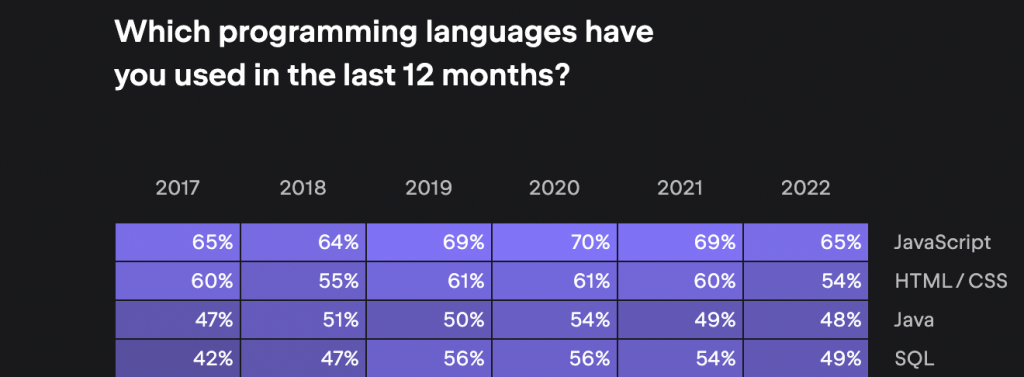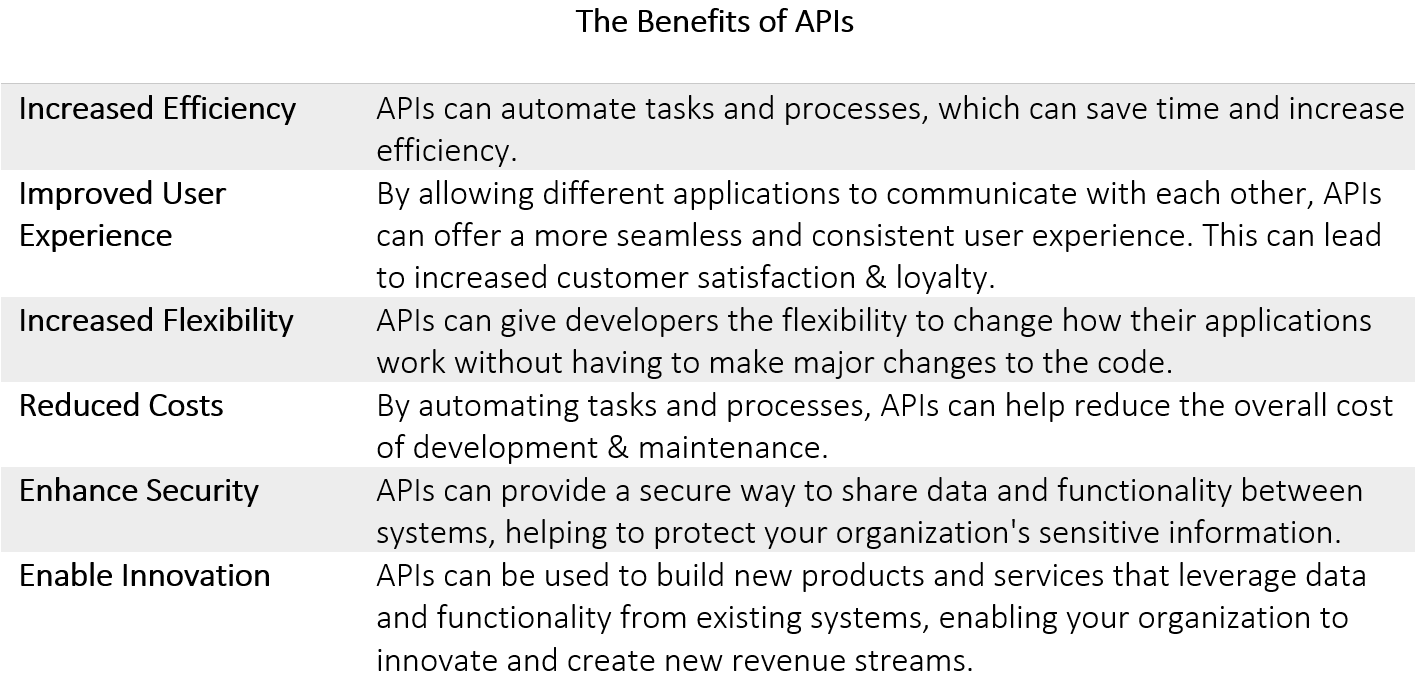Tips to ensure a successful cloud project management
In today’s fast-paced business world, successfully managing a project in the cloud can be a game changer. With the power of cloud computing at your fingertips, you have access to an array of tools and resources that can help streamline your project management efforts and drive better outcomes. But where do you start? Let’s take a deep dive into what it takes to manage a successful cloud project from defining scope to communicating with stakeholders and everything in between.
- Defining the scope of the project
Defining the scope of a cloud project is critical to its success. It sets the boundaries for what will be included in the project and determines what resources will be necessary to complete it. To get started, you need to identify your goals, objectives, and deliverables. This involves breaking down the project into smaller tasks and outlining each component’s specific requirements. Once you have established these parameters, it’s essential to define any limitations or constraints that could impact your ability to meet your goals, such as budgetary restrictions or time frames. Engage with stakeholders early on in this process so they can provide input and feedback on their needs and expectations for the project. Keep an open mind during this stage; flexibility is key when defining a project’s scope. By taking these steps upfront, you’ll set yourself up for success by ensuring everyone involved is working towards a common goal with clearly defined parameters that align with business objectives.
- Estimating the resources required
Estimating the resources required is a crucial step in any cloud project management plan. It involves identifying and quantifying all the necessary resources to complete the project successfully.
Firstly, it’s essential to determine what kind of resources are needed for the project, including personnel, hardware, software tools and licenses. The number of team members required should be estimated according to their skill sets and experience levels.
Secondly, it’s important to consider timeframes for each phase of the project as well as deadlines for delivery. This will help allocate appropriate amounts of time for different tasks and ensure that everyone involved knows precisely when they need to deliver.
Thirdly, budgeting plays an integral part during this stage; it allows you to calculate how much money is available per resource category which ensures cost-effectiveness throughout your operations.
Keep in mind that estimating resources can sometimes be challenging because unforeseen circumstances may occur – such as unplanned changes or delays – so always build a contingency plan into your calculations.
- Scheduling the project
Scheduling the project is one of the most critical aspects of successful cloud project management. It involves breaking down the project into smaller tasks, estimating their duration and dependencies, and setting a timeline for completion.
When scheduling a cloud computing project, it’s essential to involve all team members in creating realistic timelines. This ensures that everyone understands what needs to be done and when it should be completed.
An effective approach to scheduling is using agile methodologies such as Scrum or Kanban. These frameworks allow teams to work on smaller deliverables within short sprints or iterations while continuously testing and improving the product.
It’s also crucial to consider any potential roadblocks that may affect the schedule. Be prepared with contingency plans in case unexpected issues arise during development. Monitoring progress against scheduled milestones regularly helps avoid delays and keep everyone accountable.
Proper scheduling can make or break a cloud project’s success. By involving all stakeholders in creating realistic timelines, utilizing agile methodologies, considering potential roadblocks, and monitoring progress closely throughout development will increase your chances of delivering projects smoothly on time!
- Managing risks
In every project management, there are risks that you need to manage. Managing risks is an essential part of any cloud computing project as it can significantly impact the outcome. One way to manage risks effectively is by identifying potential issues and developing a plan for how to address them.
During the initial stages of your project, identify all possible risks that may arise during its course. You can do this by reviewing past projects and analyzing industry trends.
It’s also important to define who is responsible for managing each specific risk in your team and establish communication channels so everyone involved knows what steps they need to take if something goes wrong.
- Monitoring progress
Monitoring progress is a crucial aspect of managing any cloud project. It involves tracking the status of tasks, evaluating how well they are being executed, and identifying areas that require improvement. This helps the team stay on track and ensures that deadlines are met.
One effective way to monitor progress is by using key performance indicators (KPIs). KPIs provide a measurable value that indicates how well the team is progressing toward its goals. They help identify potential issues early on so that corrective action can be taken before it’s too late.
It’s important to remember that monitoring progress isn’t about tracking metrics and numbers but understanding the bigger picture as well. A good project manager knows when something is off-track even if there aren’t specific metrics indicating so.
Final thoughts
Successful cloud project management requires careful planning, coordination, and execution. With the help of cloud computing technology, businesses can streamline their project workflow and achieve better results than ever before. By defining the project scope, estimating resources, scheduling tasks, managing risks, monitoring progress, and communicating with stakeholders effectively – businesses can ensure that their projects are completed on time and within budget. Cloud computing has emerged as an essential tool for modern-day project management. It enables teams to collaborate remotely in real time while providing a secure environment for data storage and sharing.
As more businesses continue to adopt cloud-based solutions for their project management needs, it’s crucial to stay up to date with the latest trends and best practices in this field. By doing so, companies can gain a competitive edge by improving productivity levels while reducing operational costs simultaneously.
In conclusion (just kidding!), investing in cloud-based tools is undoubtedly a step towards success when it comes to managing your projects efficiently. The key lies not just in adopting modern technologies but also being agile enough to adapt them according to your business requirements. So go ahead – take advantage of what cloud computing offers today!





